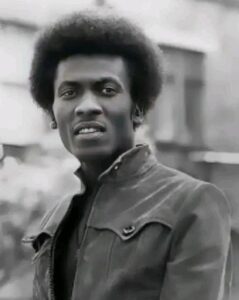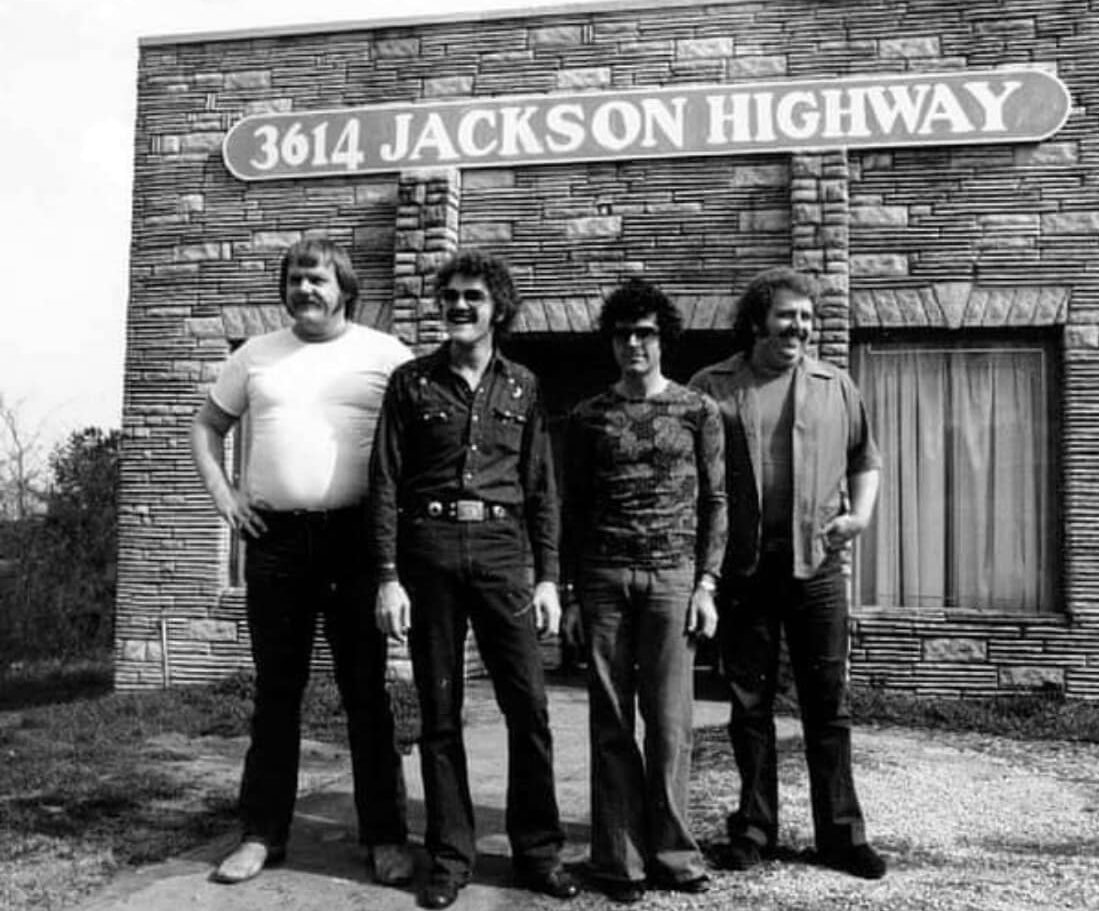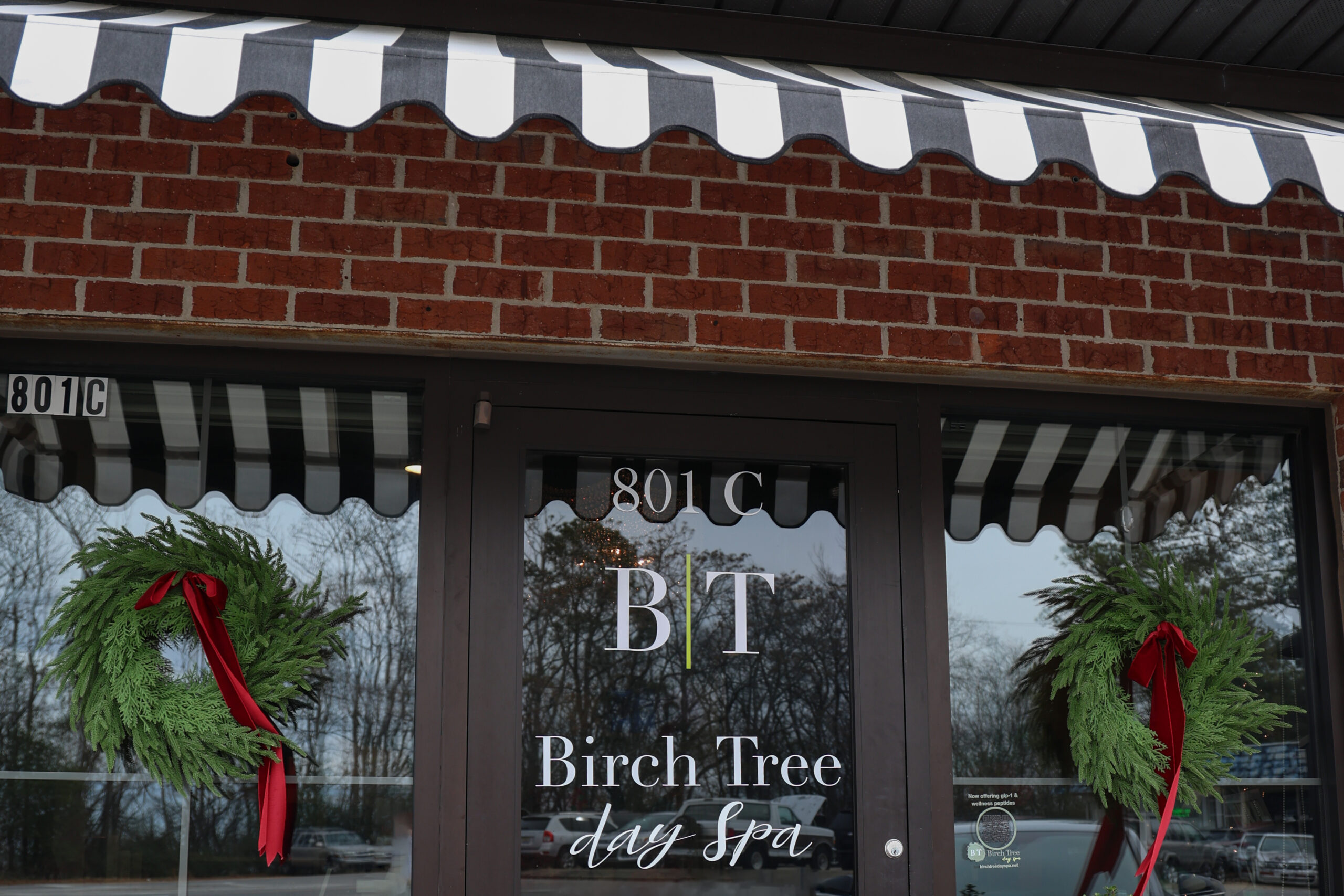When you hear the words Alabama and reggae music, you might not think the pair has much to do with one another. But, believe it or not, the famous Muscle Shoals Sound Studio was instrumental in reggae music’s popularity in the United States.
Muscle Shoals Sound Studio is home to some of the most iconic sounds ever heard. Artists such as the Rolling Stones, Aretha Franklin, and Lynyrd Skynyrd are a few of the legendary names that have recorded there. The sound of the studio is pure Alabama, accredited for its warm and soulful style.

(Dàvydò D Dâktâ/Facebook)
However, one of the arguably most unexpected collaborations in music occurred when reggae singer Jimmy Cliff was brought to Muscle Shoals to record “Sitting in Limbo”, a song that made its way onto the soundtrack of the film that would bring reggae music to America.
In the 1960s, rocksteady and ska, early forms of reggae music, were becoming widely popular in Jamaica, drawing influence from American blues, jazz, and soul. Cliff found himself at the forefront of this popularity in the late ’60s, releasing his eponymous album in 1969 with the famous Trojan Records. The Rock and Roll Hall of Fame references Cliff as “reggae’s first champion”.
In 1972, the iconic Jamaican movie The Harder They Come, starring Jimmy Cliff, was released. The film follows the story of Ivanhoe Martin, played by Cliff, as he traverses the streets of Kingston, in a jarring transition from unemployed beggar to reggae star to drug-peddling criminal. The film is great, despite its limited budget, but it is widely celebrated and cherished for its incredible soundtrack.
The movie and its soundtrack are widely credited with bringing reggae music to America, with Cliff at the helm of most of its performance and production. Cliff’s work at Muscle Shoals is one of the lesser-known stories of reggae’s prominence in the States, but “Sitting in Limbo” is equally as important as any song on the soundtrack.
The song itself does not follow a usual rock-steady beat as many of Cliff’s other songs do; rather, it is an Alabama-style soul song about overcoming hardships by taking life into your own hands.
This unexpected cultural crossover of music elements absolutely cannot be looked over when discussing how reggae music came to popularity in the United States.




